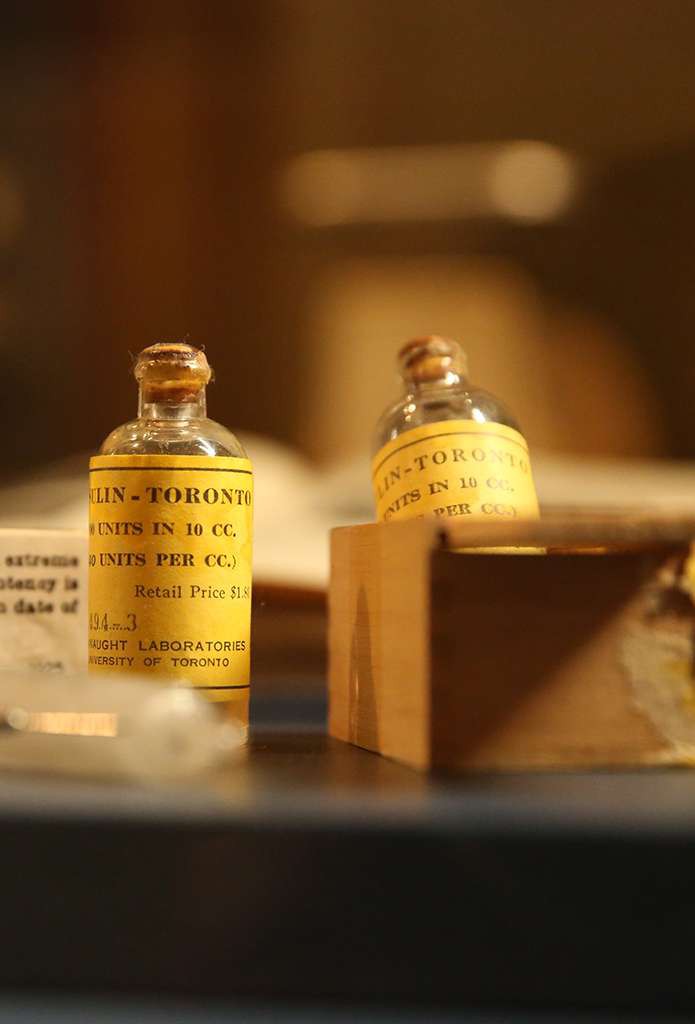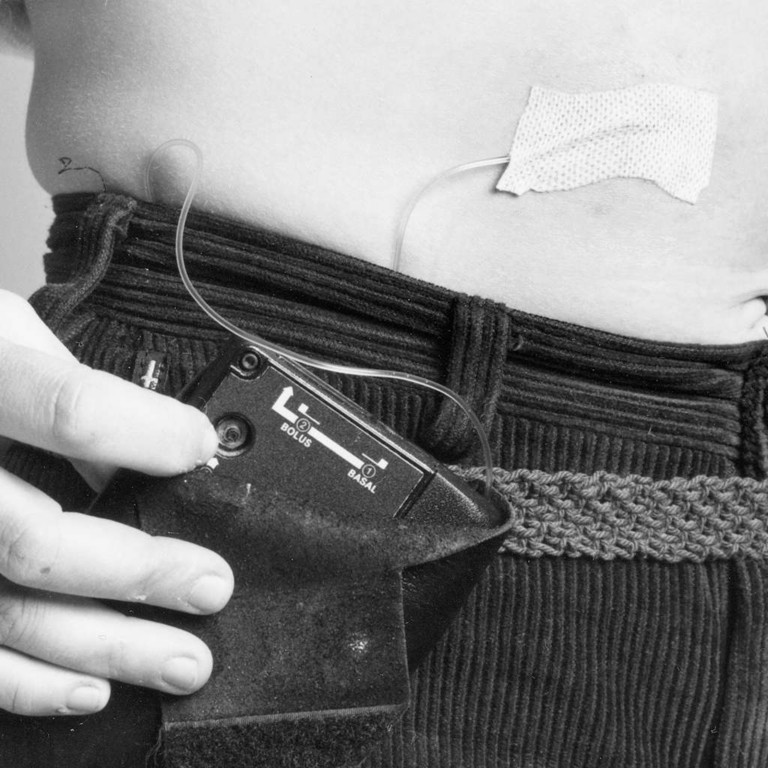Over the past 100 years, the daily lives of those living with diabetes have changed drastically. Before insulin was discovered in 1921, diabetes was a death sentence. Healthcare professionals watched helplessly as their patients suffered through unsuccessful treatments, which usually consisted of starvation diets.
The pivotal discovery of insulin changed everything.
This new treatment extended the lives of those living with diabetes all over the world, improving their quality of life dramatically. As such, we are commemorating the past century of advancements by exploring patient, caregiver and physician stories, everything we have accomplished in diabetes treatment to date, and looking to the future of diabetes care.

Like many great innovations, insulin started with a crazy idea. It was the summer of 1921, and a Canadian doctor and medical practitioner, Frederick Banting, theorized that not only would a pancreatic hormone reverse the effects of diabetes, but it could be extracted from the organ to be injected into the bodies of those who suffered from the disease.
Together with his research assistant, Charles Best, a medical student, and Dr. James Collip, Banting set out to prove his theory. By isolating and extracting the pancreatic hormone and injecting it into animals that suffered from diabetes, Banting proved that using this “insulin” lowered blood sugar levels.














